Design Immersion Days (DID) is an immersive four-week summer program that introduces high school students to design and architecture.
Design Immersion Days
Design Immersion Days (DID) is an immersive four-week summer program that introduces high school students to design and architecture experimentation. It is intended to inspire curiosity about the world of design, introduce basic design knowledge and critical thinking skills, and familiarize students with the expansive architecture and design culture of Los Angeles.
June 15- July 10, 2026
Register Now
Throughout the program, DID students are exposed to examples of design and modes of production at all scales, from analog physical building and traditional drawing to multiple forms of digital output—augmented reality, 3D modeling, 3D printing, and more. In the classroom and beyond, participants explore ways of seeing, thinking, and making that are essential for anyone interested in pursuing a career in architecture or design.
The program's activities will focus on developing architectural proposals in conversation with the cultural, material and economic context of the city of Los Angeles.
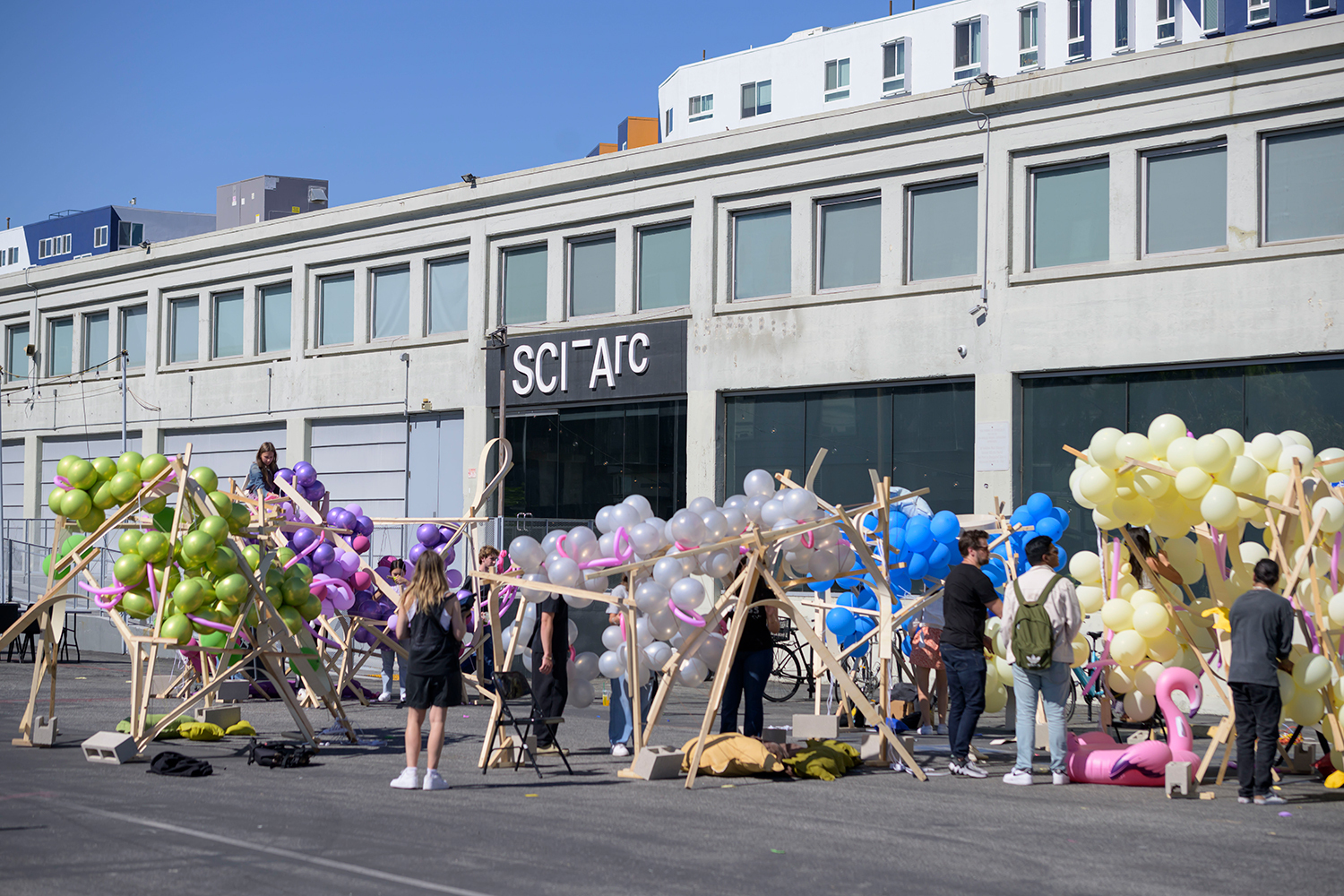
DID students working on the Make it COOL shading structures, Summer 2023.
DID students refine a design acuity and hone a visual vocabulary through techniques and tools that include freehand sketching, architectural drafting, computer drawing, Rhino, Photoshop, Illustrator, physical model making, 3D modeling, and digital fabrication. This exposure enables students to conceive their designs through a mode of production that fluidly moves between physical and the virtual workflows.
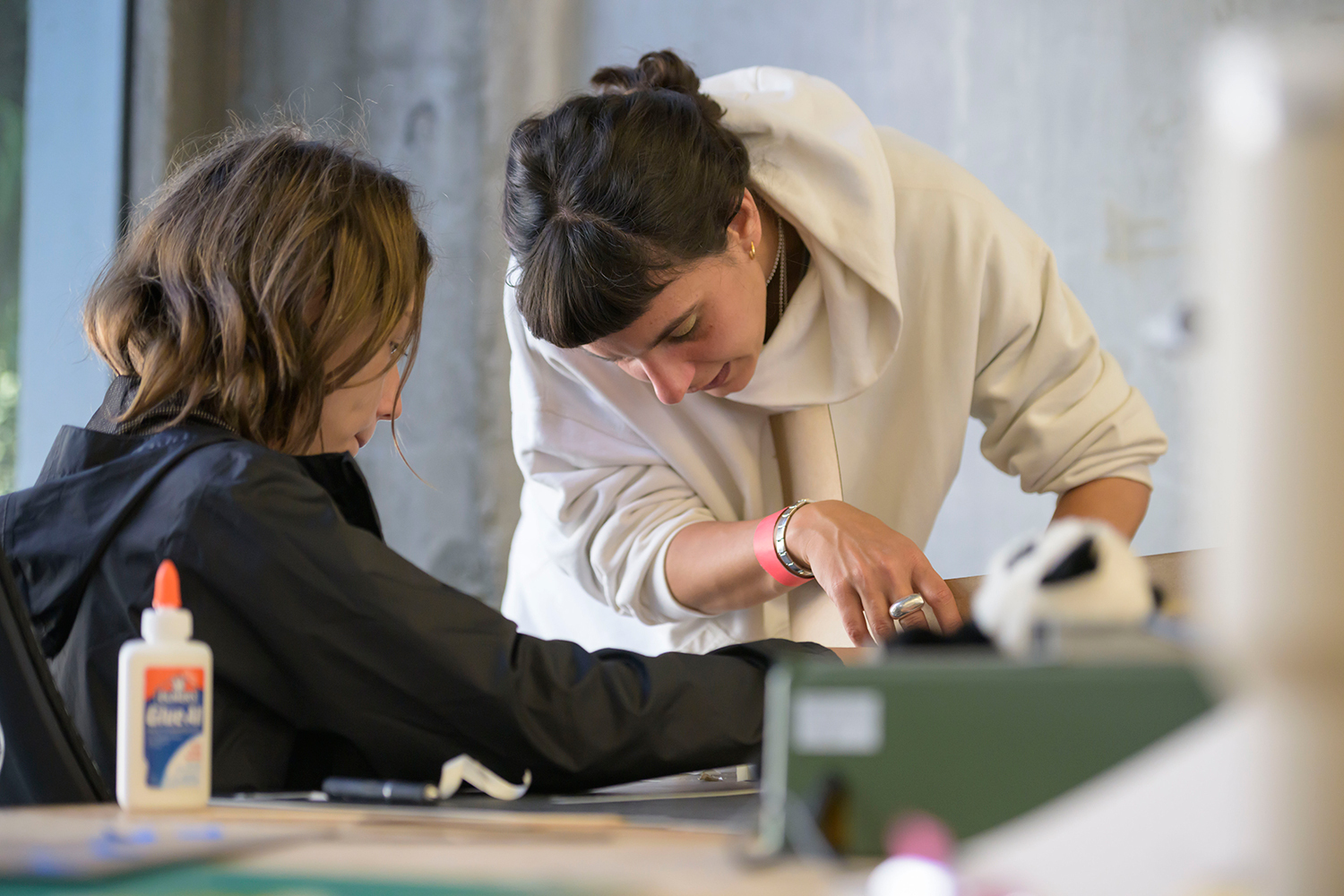
DID Coordinator Angelica Lorenzi.
Experiencing Architecture School
Simulating a college-level architecture studio experience, DID students create design projects which are developed through one-on-one discussions with SCI-Arc faculty during desk-crits and through collegial collaborations with other students. Students regularly present their work to juries of instructors and peers in discussion-based pin-ups and group review sessions, receiving guidance and feedback that help to jumpstart an interest in the process of design.
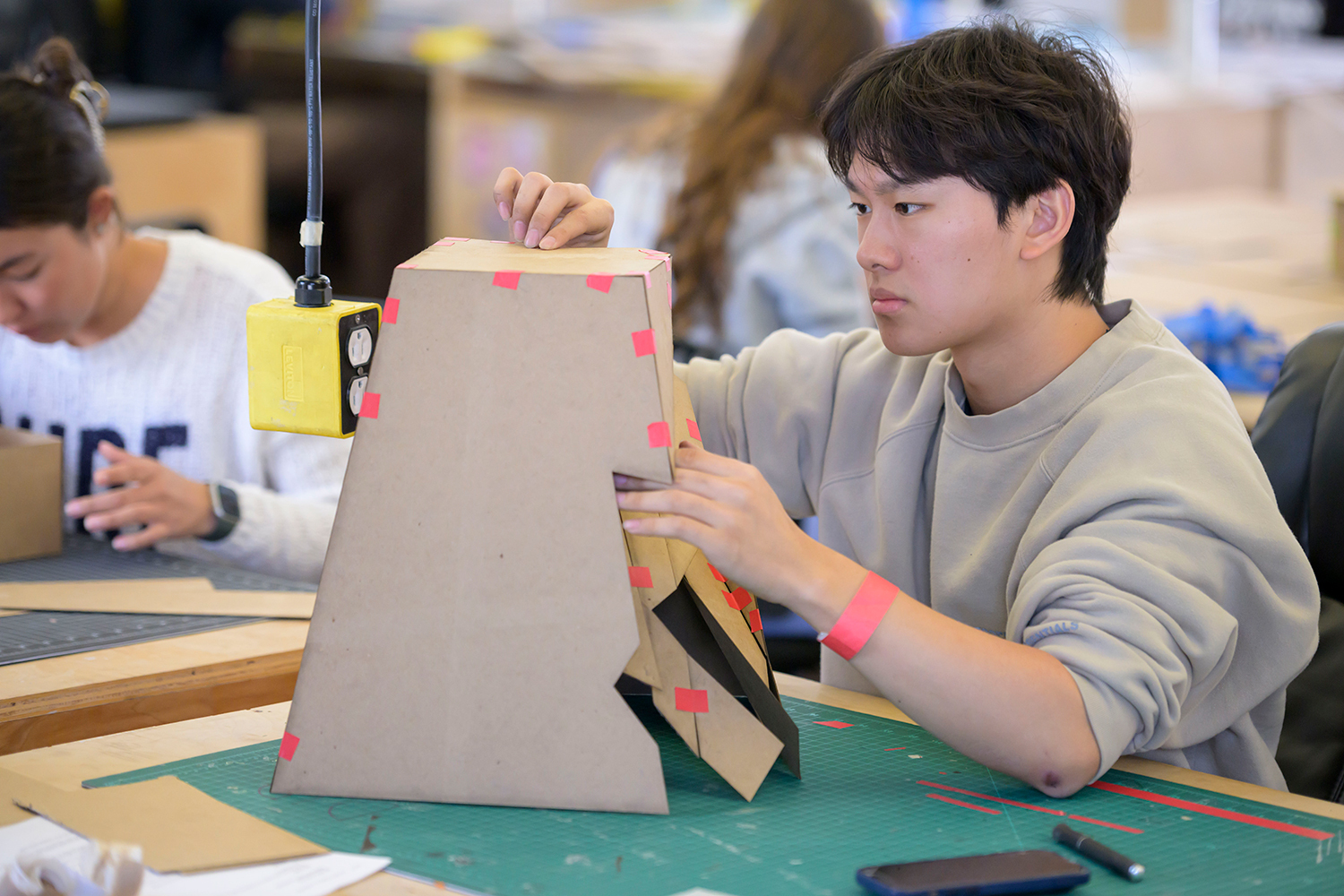
DID student working on the physical model for the Confetti Parti project.
An Introduction to Architectural Thinking and Production
DID’s curriculum is built to articulate projects within three different formats and scales, from analog models to digital renderings, presenting scenarios in which students are challenged to think analytically, use different tools, and imagine nontraditional approaches to design. Through projects emphasizing visual studies, design lab, and portfolio building, students are introduced to a range of skills essential to exploring, discovering, describing, and producing design work.
DID students refine a design acuity and hone a visual vocabulary through techniques and tools that include freehand sketching, mechanical drafting, computer drawing, Rhino, Photoshop, Illustrator, physical model making, 3D modeling, and virtual and augmented reality. This exposure enables students to conceive their designs through a mode of production that fluidly moves between physical and the virtual workflows.
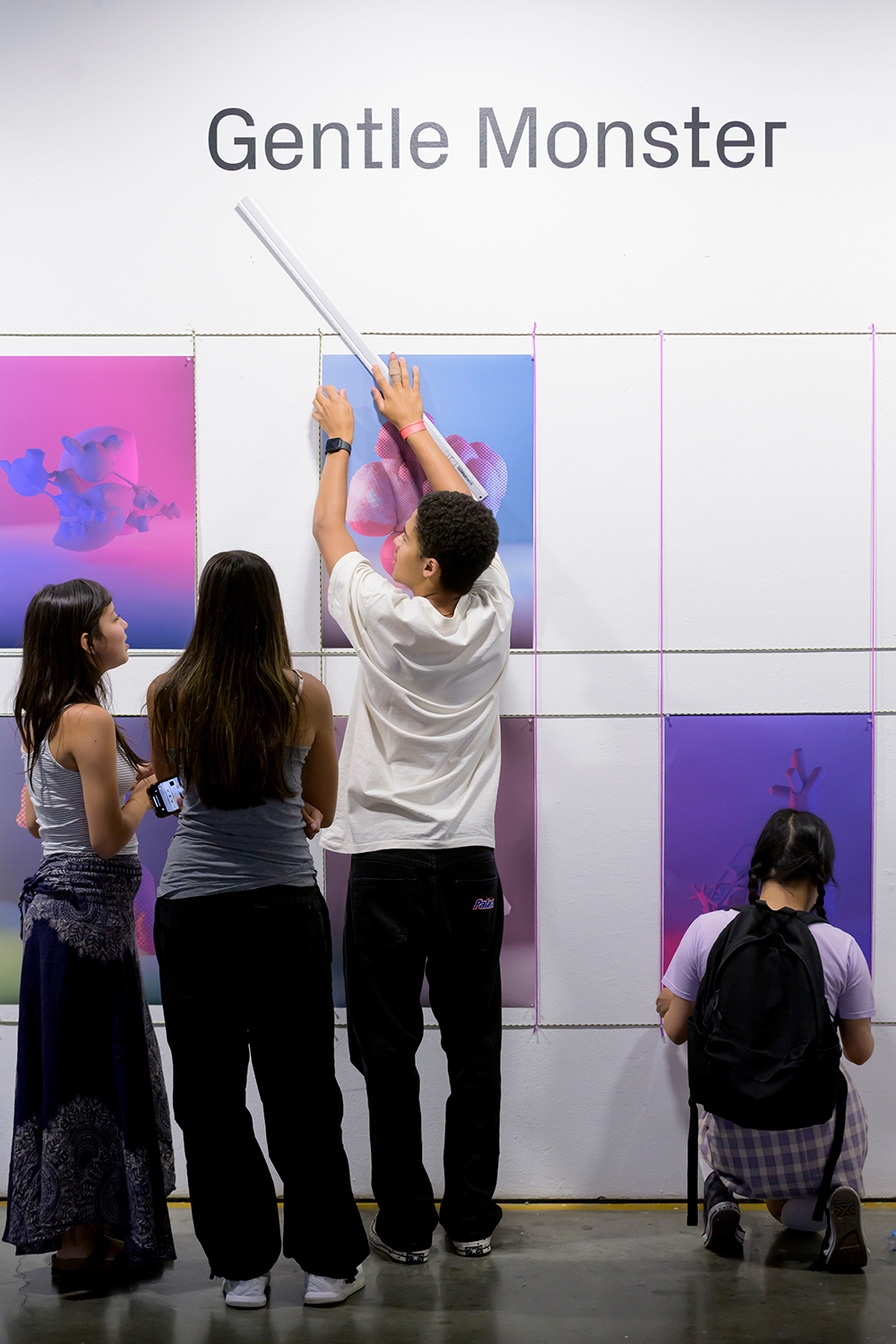
Students pinning up the Gentle Monster project renderings for the final exhibition.
Exploring the Design Culture of Los Angeles
Showcasing the robust creative economy of Los Angeles, including the industries of film, fashion, and design provide a way for DID students to make connections not only between creative fields, but the critical professional economic dynamics within the city as a whole.
Students get to know the city’s visual, structural, and cultural context through the lens of those most deeply engaged with shaping the cityscape: prominent architects who call Los Angeles their home. Lunchtime chats bring students in direct conversation with leading architects and designers.
DID participants also have access to private tours of museums, design firms, and galleries during weekly field trips to landmark architectural sites in Los Angeles, including Frank Gehry’s Walt Disney Concert Hall, Hammer Museum, Bestor Architecture, and many others.
“The DID program does not restrict your creativity with a set of rules. Instead, instructors and mentors help you explore the boundaries of architecture—they guide you through the project process and allow your creativity to build what you desire to make. The best thing that I learned was that architecture isn't only about drawing buildings—it's about the design of the building, how it looks from a certain perspective, how it affects the city, environment, and the people. This program really expanded my knowledge of what architecture is and the design process.”
— DID Student Gerson Rivas
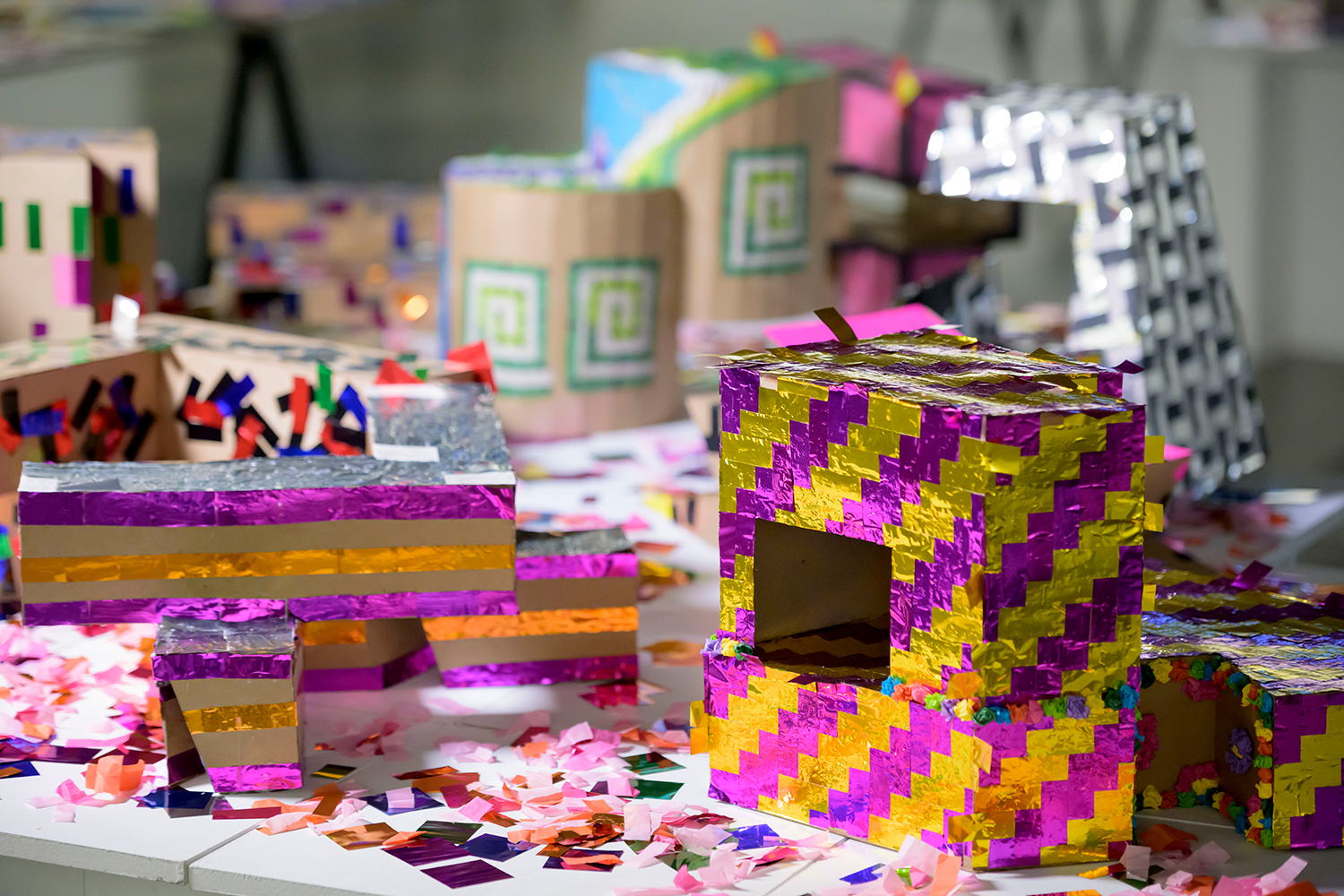
Confetti Parti models.
Building and Refining a Creative Portfolio
Weekly portfolio workshops that introduce layout design and material formatting compilation strategies are an integral part of DID, equipping students with the knowledge and tools to present their body of work in a compelling manner. Students complete the program with a fully developed creative portfolio, a critical component in applying to architecture and design schools.
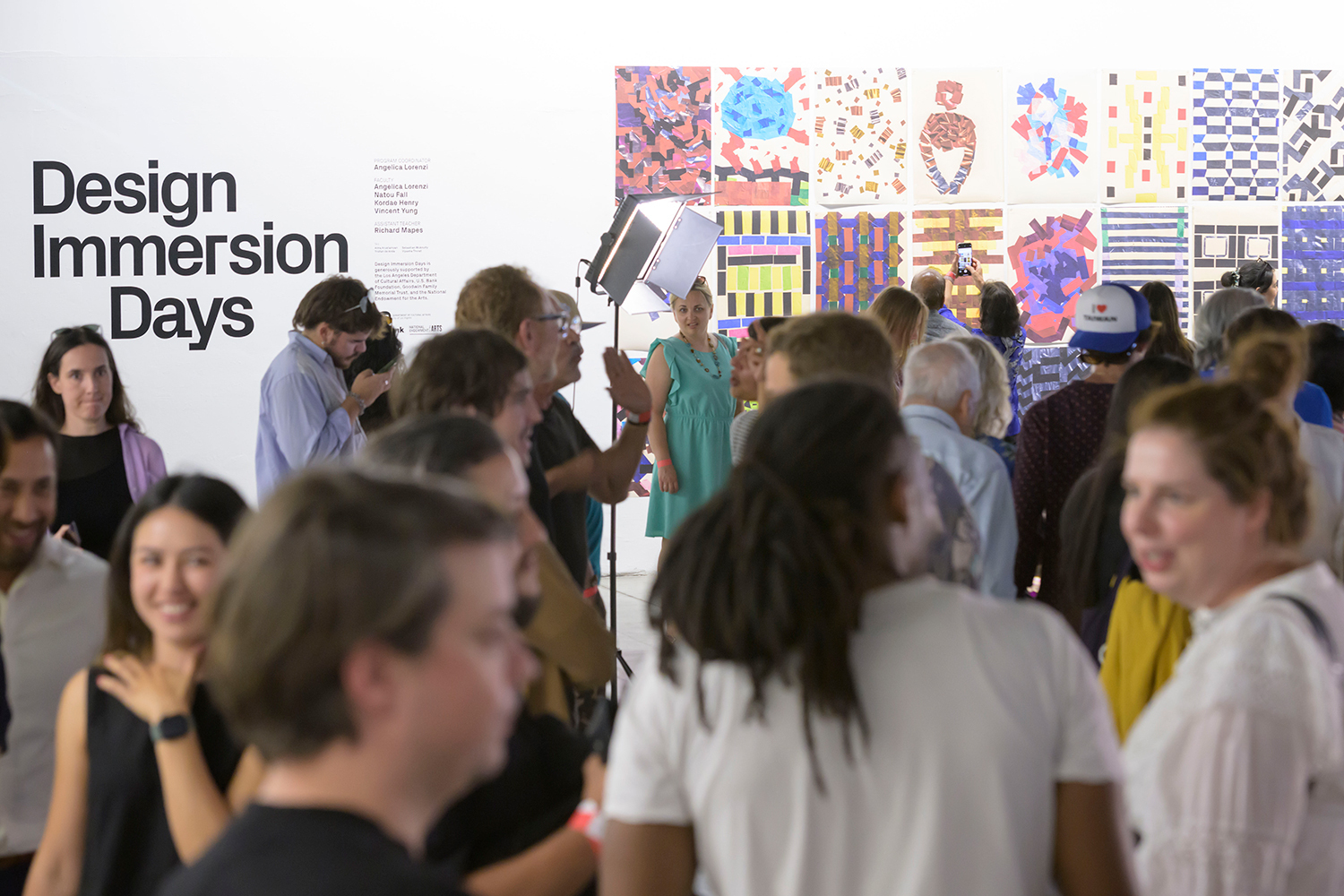
DID final exhibition, Summer 2023.
Final Exhibition
Design Immersion Days culminates in a public exhibition showcasing the work completed during the four-week program where students present their projects to a panel comprised of some of the top architects, critics, and theorists in Los Angeles.
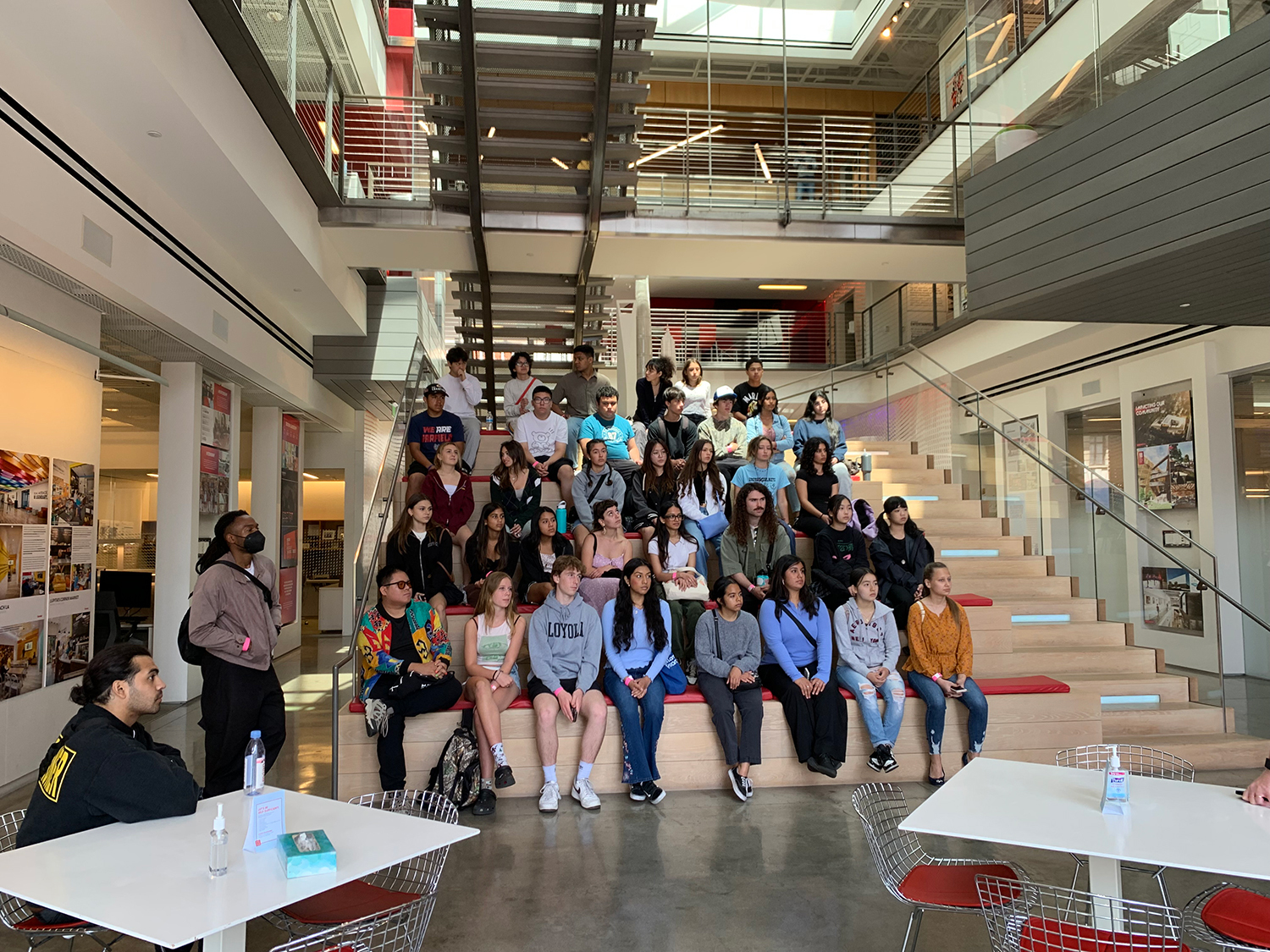
Office visit at Gensler.
Design Immersion Days is generously supported U.S. Bank Foundation, Goodwin Family Memorial Trust, National Endowment for the Arts and the City of Los Angeles Department of Cultural Affairs.
